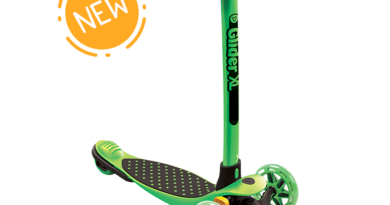
All You Need to Know About the Hughes Telematics
A telematics device is designed to connect and monitor all the onboard electronic instruments. Also, it sends and receives information via network connections, which enable a vehicle to be fully networked. Hughes Telematics is a company that provides automotive telematics services for top vehicle manufacturers since 2009. Similar to products from EyeRide, the primary objective of telematic devices is to record and send information on your driving habits, such as your speed, the number of miles you drive per day, and how fast you brake. 
Furthermore, it is capable of analyzing the time of the day you are frequently driving. Telematic devices are in most cases plugged into your vehicle’s onboard diagnostic port (OBP port), which is found near the steering wheel under the dashboard.
These devices are essential, and here are some of the significant benefits of installing a telematics device in your vehicle:
They promote safe driving habits to help curb careless driving, which results in accidents. Besides, having the device send information to your insurance provider makes you eligible to receive rewards such as premium discounts offered by the company for safe driving.
Data collected from the telematics device enables you to improve your driving habits, which in the long run makes you a good driver. It creates a sense of accountability while you are behind the wheel.
Last but not least, they also assist in fleet management for those companies in the transportation industry.
How the Hughes telematics device works is based on three significant features:
- Telematic control unit (TCU)
- Telematic security
- Telematic network technology
The Telematic Control Unit
The most important part of the Hughes telecommunication system is the Telematic Control Unit (TCU). It is a micro-computer that listens to the communications of other electronic devices and then interprets and sends back the required command to be executed. The TCU works with the aid of the Control Area Network (CAN), which acts as a link between all the onboard electronic devices and the TCU.
Telematics Security
A security breach could mean unauthorized access to the vehicle system, thus endangering the occupants. Hughes Telematics has robust policies and processes, creating a culture of security that protects data and builds resiliency against malicious attacks. Additionally, Hughes has put a lot of effort into developing a voice-recognition software to enable the user to activate a car hands-free by merely speaking in a natural, conversational manner. It also allows the user to immediately begin using the device without having to read the manual. Furthermore, it has an extension of the text-to-voice system that can interpret incoming messages and read them aloud. You can also reply to the text by composing and sending a message by using your voice.
Telematic Network Technology
So how can you access data stored by the telematics device? Hughes has three methods of doing this:
- Bluetooth connectivity- This allows the person inside the vehicle to connect with the system using Bluetooth-enabled devices, such as mobile phones.
- A two-way cell link that allows the vehicle to send information to the Hughes network through an antenna mounted on the top vehicle near the back window.
WIFI network connections- This means that the car acts as a WIFI hotspot and at any time it can connect with the network of your home, allowing information to be collected from the vehicle.








